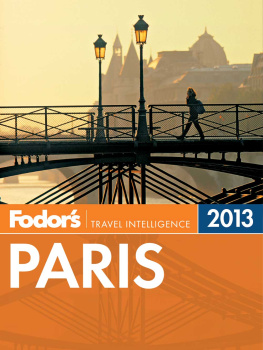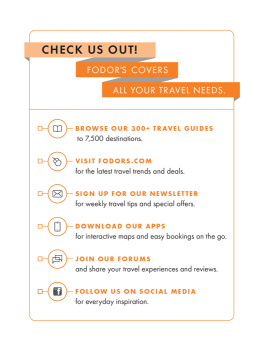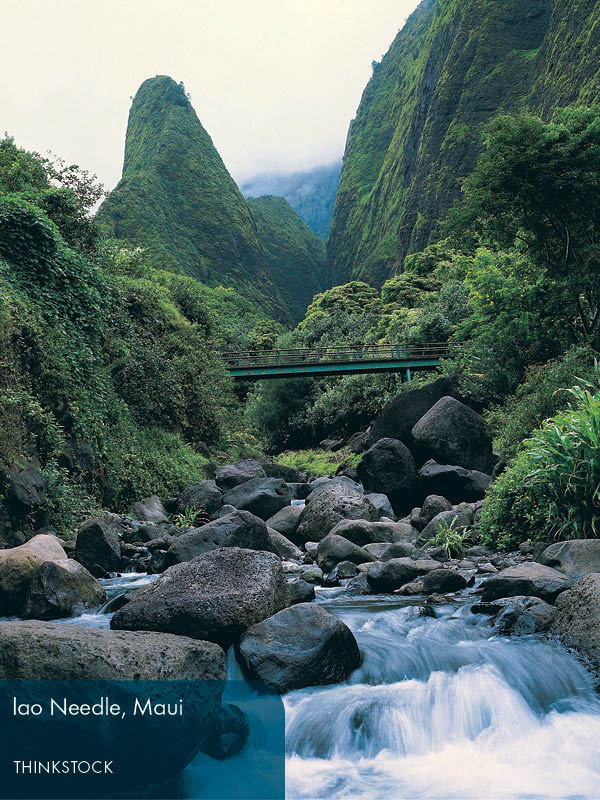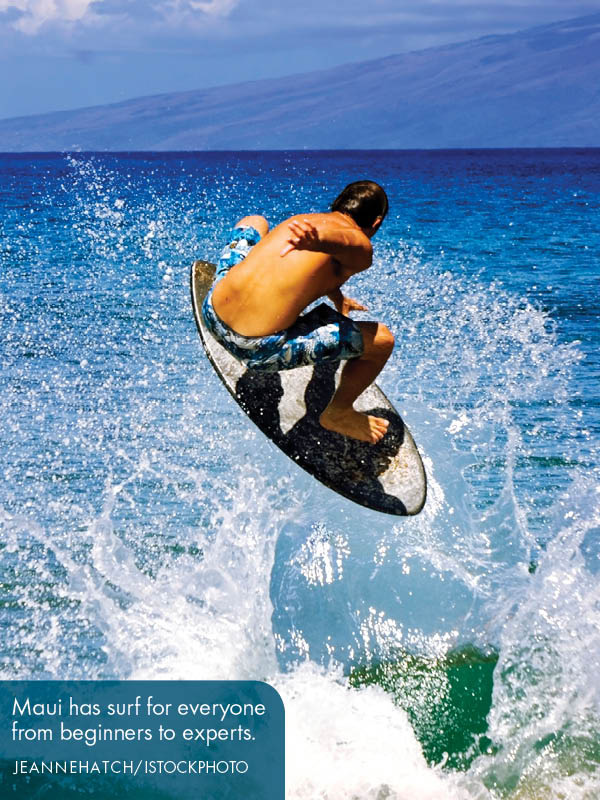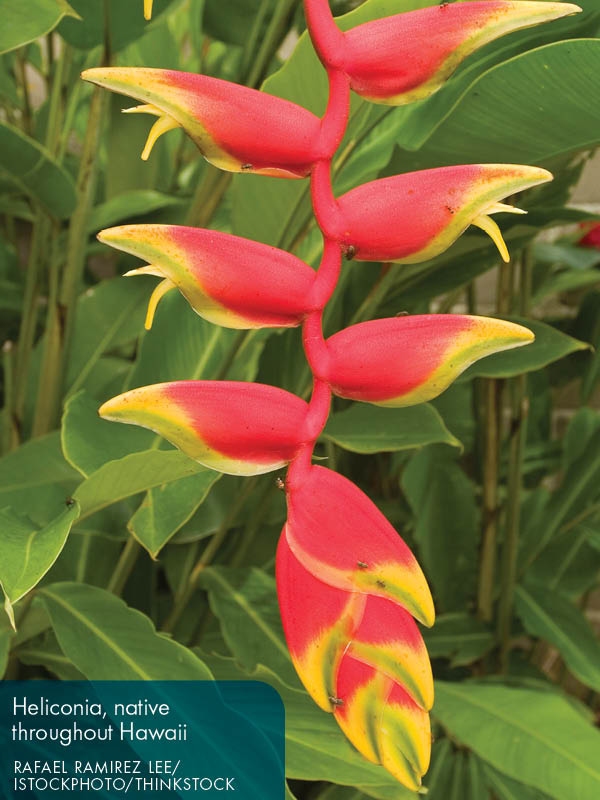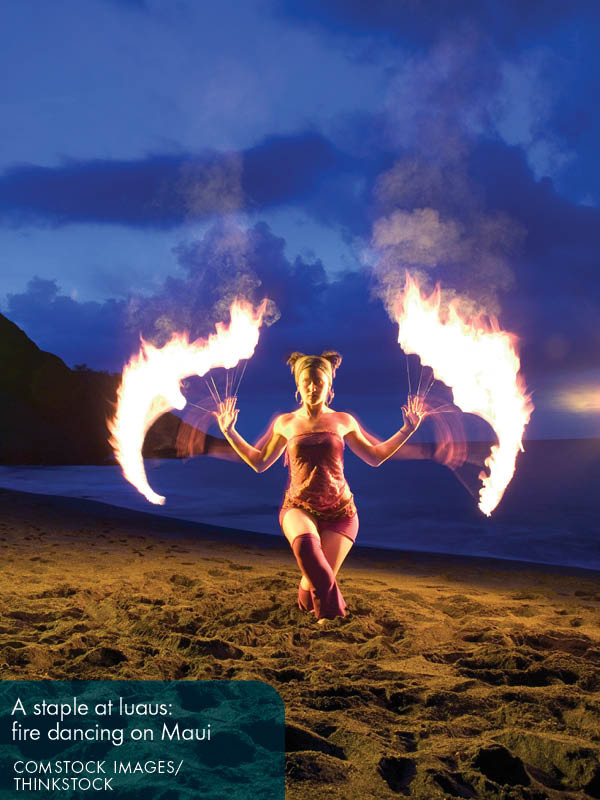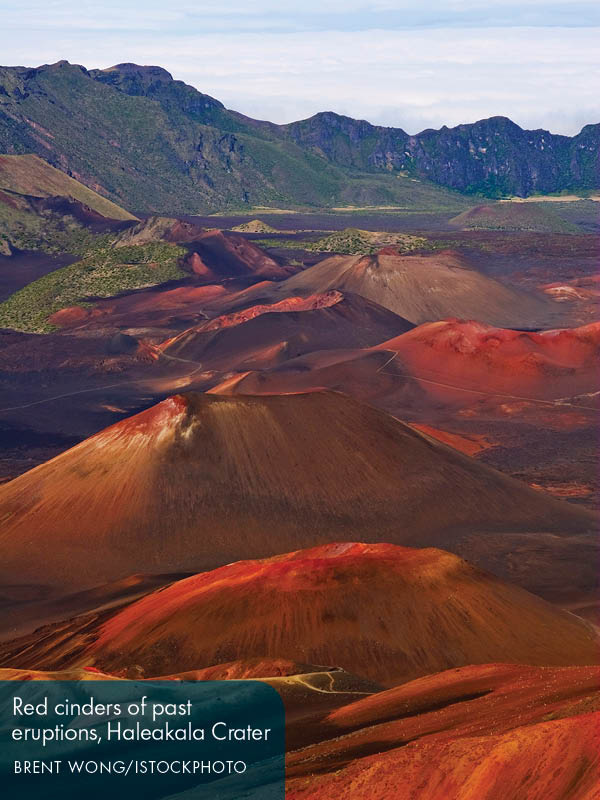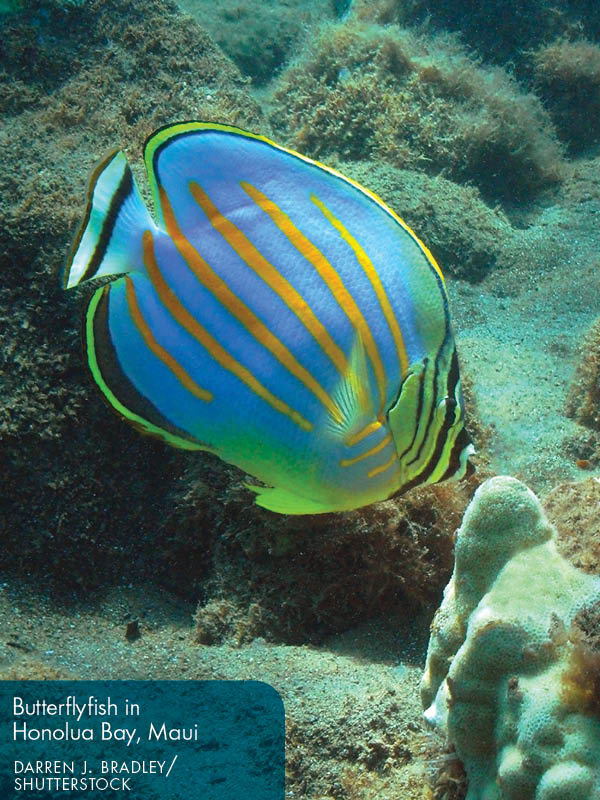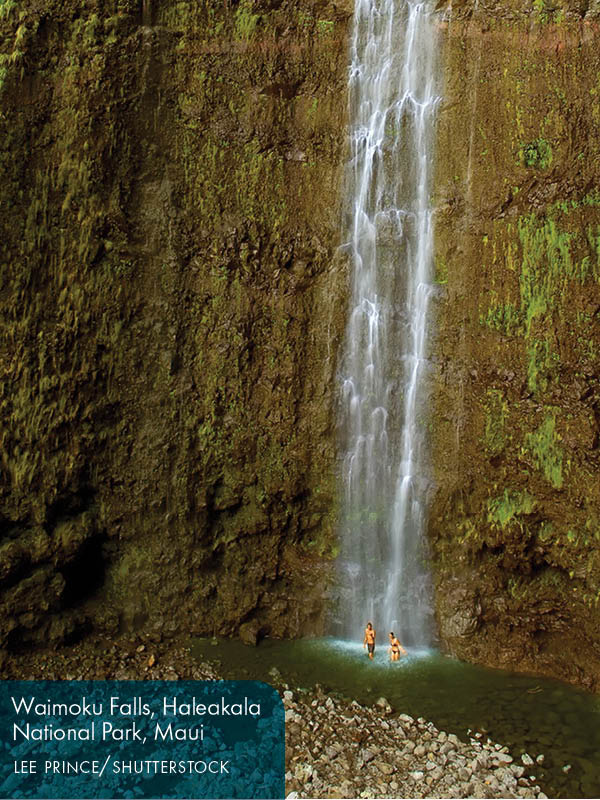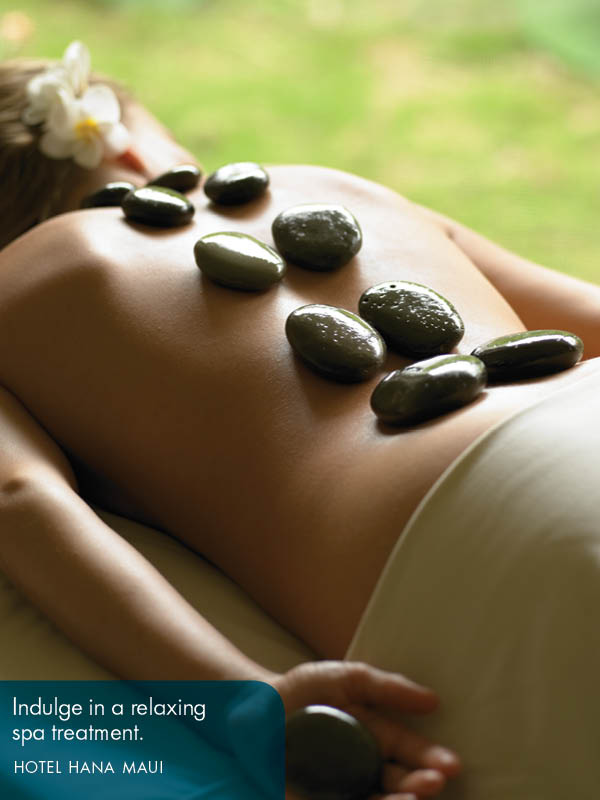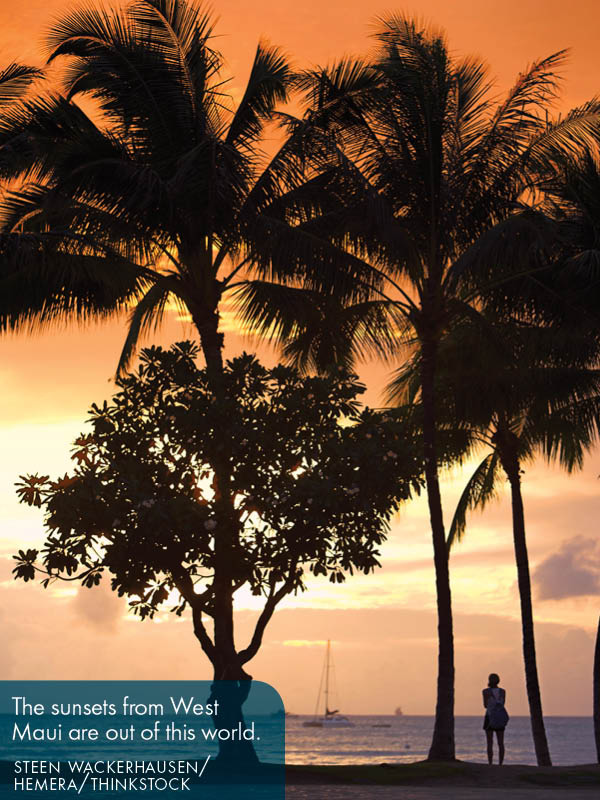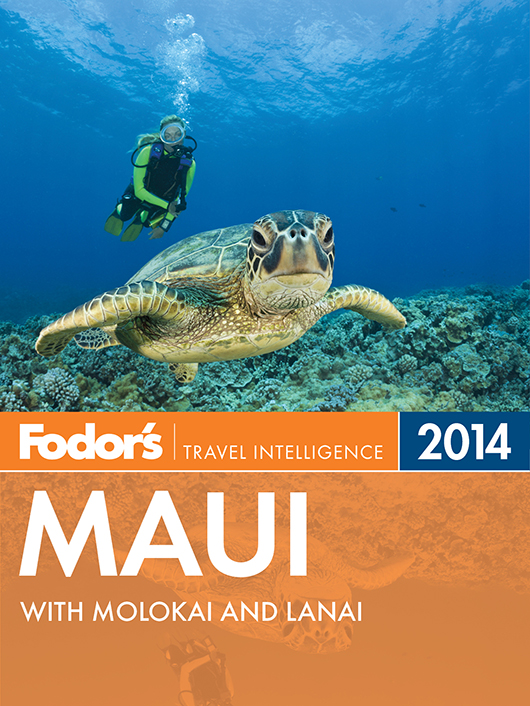
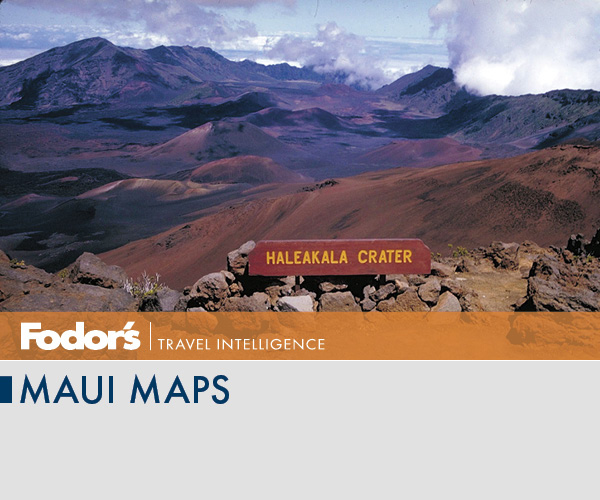
Experience Maui
Exploring Maui
Maui Beaches
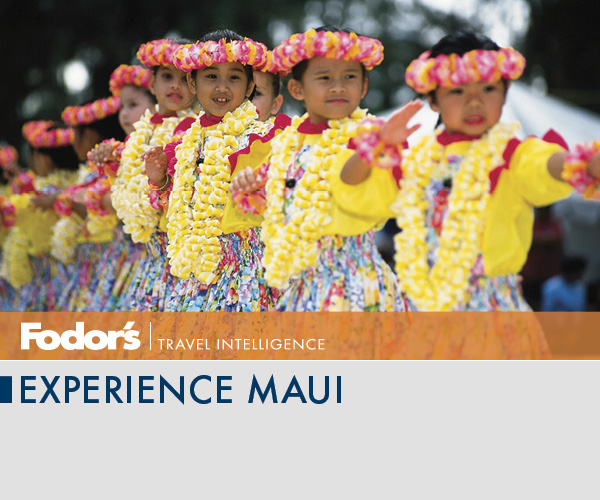
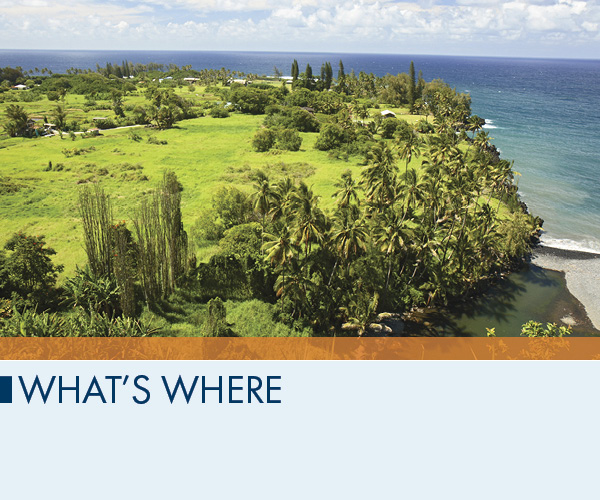
West Maui. This leeward, sunny area with excellent beaches is ringed by upscale resorts and condominiums in areas such as Kaanapali and, farther north, Kapalua. Also on the coast is the busy, tourist-oriented town of Lahaina, a former whaling center with plenty of shops and good restaurants thats a base for snorkel and other tours.
South Shore. The leeward side of Mauis eastern half is what most people mean when they say South Shore. This popular area is sunny and warm year-round; Kihei, a fast-growing town, and Wailea, a luxurious resort area with some outstanding hotels, are here. Notable beaches include Makena, mostly undeveloped and spectacular, and Wailea, fronting the resorts.
Central Maui. Between Mauis two mountain areas is Central Maui, home to the county seat of Wailuku and the commercial center of Kahului. Kahului Airport, Mauis main terminal, is here, along with convenient shopping malls and a good selection of reasonably priced restaurants. In addition, local museums such as the Bailey House provide good background on Mauis history.
Upcountry. Island residents have a name they use affectionately to describe the regions climbing up the slope of Haleakala Crater: Upcountry. A visit to Haleakala National Park to see the volcanic crater is a must-do. The town of Makawao retains its country charm but also has interesting shopping. Upcountry is a great place for agricultural tours, tooyou can visit a lavender farm or an organic farm, for example.
North Shore. The North Shore has no large resorts, just plenty of picturesque, laid-back small towns like Paia and Haikuand great windsurfing action at Hookipa Beach. Baldwin Beach is a local favorite just off the highway. The towns are good spots for a break if youre heading out along the Road to Hana. Inland, this part of Maui is lush and wild.
Road to Hana. The islands northeastern, windward side is largely one great rain forest, traversed by the stunning road to Hana. Exploring this iconic, winding road with its dramatic coastal views can be the highlight of a trip. The tiny town of Hana preserves the slow pace of the past; if you want to escape from it all, consider an overnight stay here.
When you experience Maui firsthand, its hard not to gush about the long, perfect beaches, dramatic cliffs, greener-than-green rain forests, and the fragrance of plumeria that hangs over it all. Add to that the amazing marine life and the culture and history of the Hawaiian people, and its easy to see why Maui is so popular. Today the threat of overdevelopment is a concern, which may help protect this special place. The island has very different areas, from the resorts of sunny West Maui and the South Shore to the funky small towns of the North Shore, the ranches and farms of Upcountry, and the remote village of Hana in unspoiled East Maui. TIP Directions on the island are often given as mauka (toward the mountains) and makai (toward the ocean).
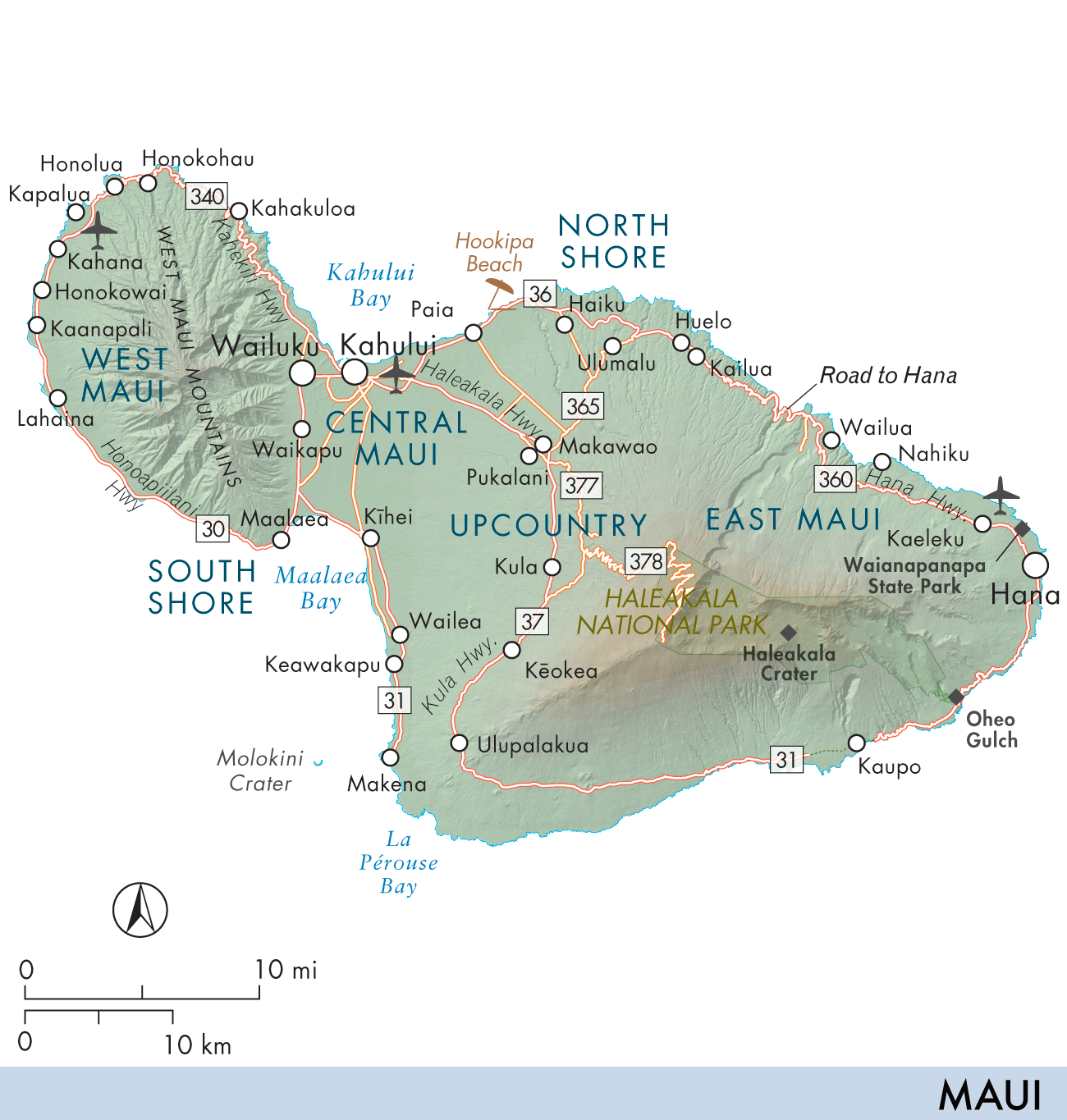
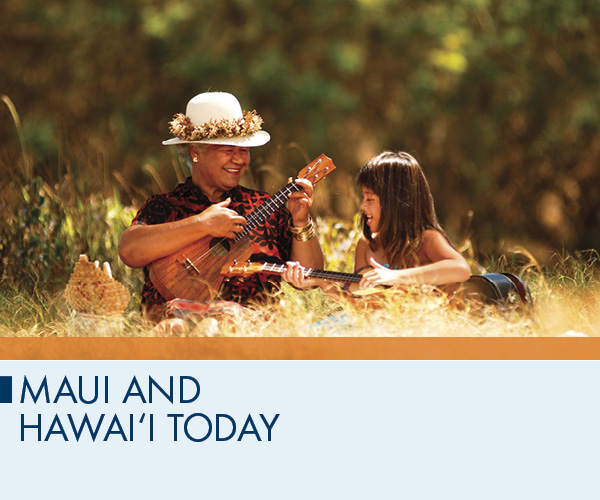
When you experience Maui firsthand, its hard not to gush about the long, perfect beaches, dramatic cliffs, greener-than-green rain forests, and the fragrance of plumeria that hangs over it all. Add to that the amazing marine life and the culture and history of the Hawaiian people, and its easy to see why Maui is so popular.
The island consists of two distinct circular landmasses: the western area includes the rain-chiseled West Maui Mountains, and the larger eastern landmass includes Haleakala, with its cloud-wreathed volcanic peak. Maui has very different areas, from the resorts of sunny West Maui and the South Shore to the funky small towns of the North Shore, the ranches and farms of Upcountry, and the remote village of Hana in unspoiled East Maui.
Hawaiian culture and tradition here have experienced a renaissance over the last few decades. Theres a real effort to revive traditions and to respect history as the Islands go through major changes. New developments often have a Hawaiian cultural expert on staff to ensure cultural sensitivity and to educate newcomers.
Nonetheless, development remains a huge issue for all islandersland prices are skyrocketing, putting many areas out of reach for the native population. Traffic is becoming a problem on roads that were not designed to accommodate all the new drivers, and the Islands limited natural resources are being seriously tapped. The government, though sluggish to respond at first, is trying to make development in Hawaii as sustainable as possible.
Sustainability
Although sustainability is an effective buzzword and authentic direction for the Islands dining establishments, 90% of Hawaiis food and energy is imported.
Most of the land was used for monocropping of pineapple or sugarcane, both of which have all but vanished. Sugarcane is now produced in only two plants on Kauai and Maui, while pineapple production has dropped precipitously. Dole, once the largest pineapple company in Hawaii, closed its plants in 1991, and after 90 years Del Monte stopped pineapple production in 2008. The next year, Maui Land and Pineapple Company also ceased its Maui Gold pineapple operation, although in early 2010 a group of executives took over one third of the land and created a new company. Low cost of labor and transportation from Latin American and Southeast Asian pineapple producers are factors contributing to the industrys demise in Hawaii. Although this proves daunting, it also sets the stage for great agricultural change to be explored.
Next page


